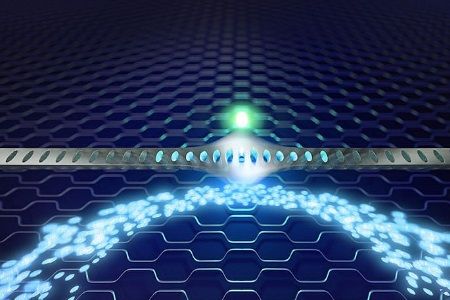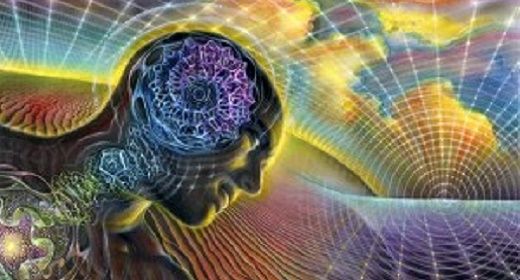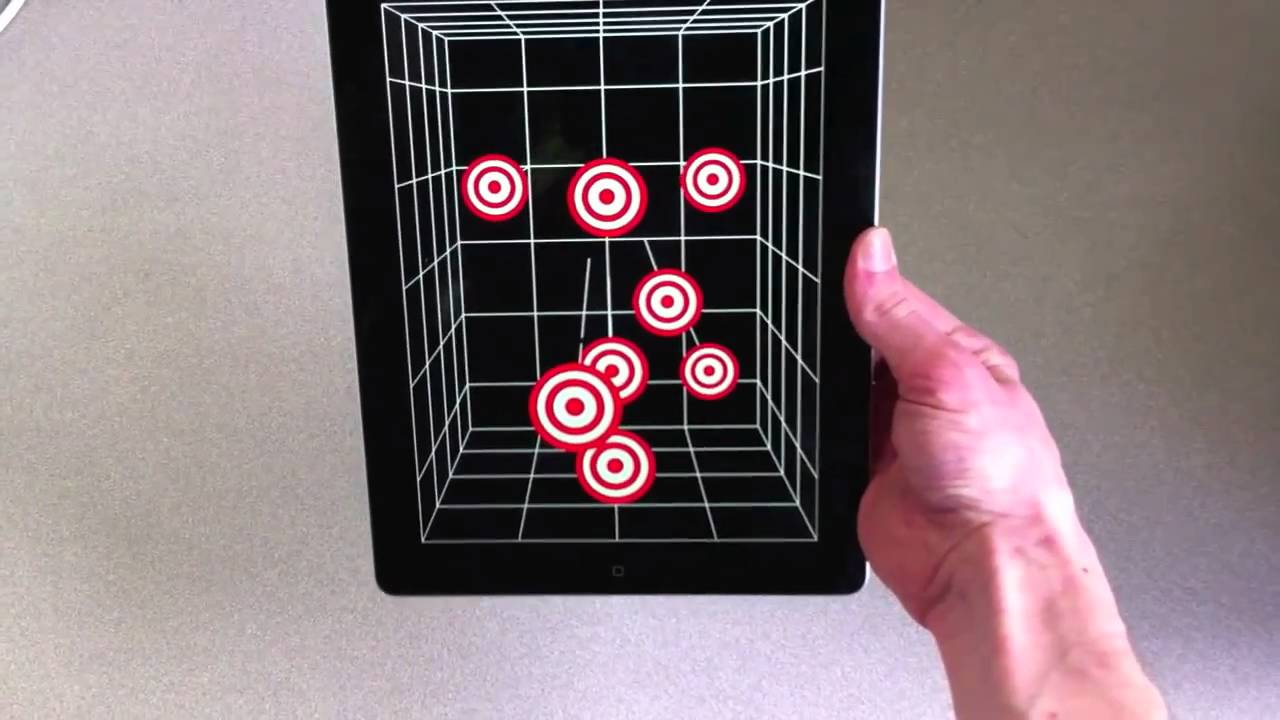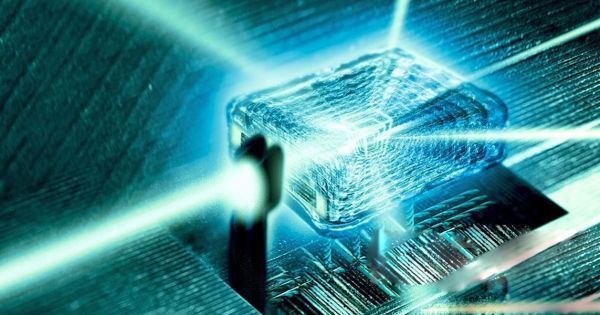Nov 14, 2016
Manchester Researchers a Step Closer to Developing Quantum Computing
Posted by Karen Hurst in categories: computing, quantum physics
QC micro devices are coming.
Researchers from The University of Manchester have taken a significant step closer to demonstrate that it is possible to create miniscule – but very powerful – computers that could work at atomic scale.
Scientists have been working on the developing the theory of quantum computing for decades – that is, highly efficient and powerful computing created at atomic scale. Such computing would perform some computational tasks far more efficiently than the computers we currently use.
Continue reading “Manchester Researchers a Step Closer to Developing Quantum Computing” »

















